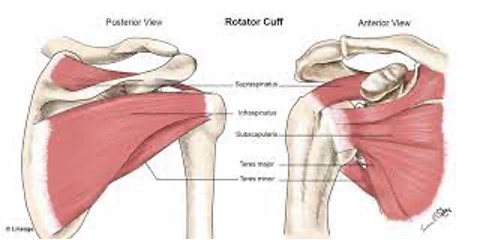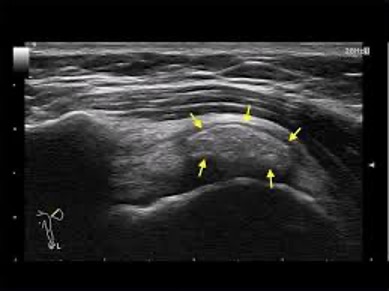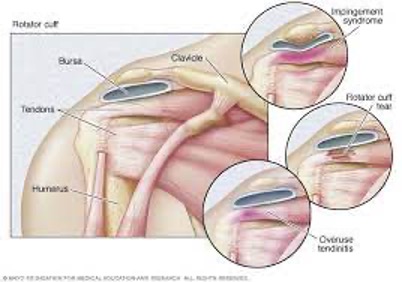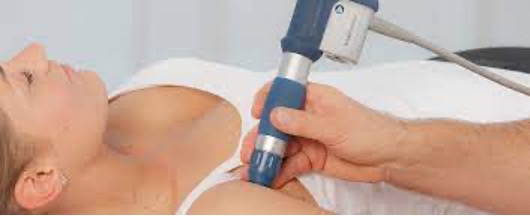There is probably no joint in your body that is so complicated. It is incredible that in the majority of situations the joint acts perfectly.
The most important part of the shoulder joint is the ‘rotator cuff’.
The cuff consists of four tendons that keeps the joint ‘together’. Each of these muscles do a different part, so that you can move the arm in any direction. There also ligaments to keep stability and so-called bursa: small cushions that lubricate the different layers of tissue.
So far, so good
What can go wrong here?
There are three main reasons why people visit the doctor’s office:
- (partially) rupture of one of the tendons, after fall or sudden forceful move.
- Bursitis (inflammation) after overexertion
- Calcifications in tendons
It is obvious that chronic issues like ‘frozen shoulder’ or tendinopathy (‘diseased tendon’) are another big portion of problems, they also end up in my clinic.
What is important?
As always, you need a proper diagnose. A lot of times people get the old fashioned cortisone injection, which might help short term. But it doesn’t work in solving the underlying cause.
An ultrasound scan is the first tool to get an idea of the problem. The scan detects damaged tissue and inflammatory conditions (fluids).
Also specific tests can differentiate where the problem hides.
The shoulder is complicated because of the multiple tissues that need to communicate perfectly. If one part doesn’t act, the rest gets into trouble. Therefore, recovery can be a time consuming and tedious job!
But don’t wait too long, as if it will go away by its self!
What are the options for treatment?
1. Mobilisations: the shoulder joint has a tendency to ‘freeze’ quickly.
2. In acute situations: always ice treatment!
3. In chronic situations: Shockwave. Particularly with tendinopathy and calcifications
4. Eccentric loading: a specific training of diseased tendons
5. Shoulder blade coordination: if the shoulder blade doesn’t act well, impingements will develop in the top of your rotator cuff.
6. Posture! In work, sports and playing games on the computer.
This is it in a nutshell, a full assessment can also involve CAT scans or MRI.Any questions, please let me know!





